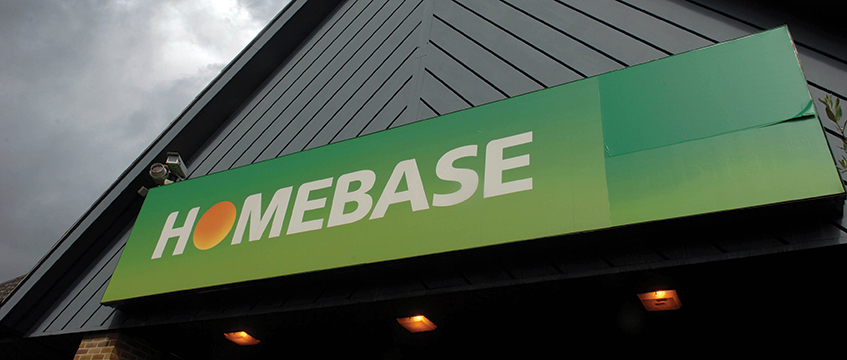Kate Jardine analyses a recent Supreme Court ruling on whether a retail planning condition remained in force in respect of a Streatham Homebase.
The operation of section 73 of the Town and Country Planning Act 1990 (the 1990 Act) and its ability to amend and create “new” permissions (and more particularly, the way in which it does so) has been chewed over in Lambeth Council v Secretary of State for Housing, Communities and Local Government [2019] UKSC 33; [2019] PLSCS 122 first by an inspector, then a High Court judge, three lords in the Court of Appeal, and now a carefully selected panel of five of the nation’s most prominent legal minds in the Supreme Court.
After a long battle, a final decision has been reached that planning permissions (decision notices) and other public documents should be read and interpreted using the “natural and ordinary meaning” of the words they contain, as a “reasonable reader” may find them, in what could be termed as a “return to reason”.
Background
In this case there was an established planning history for the site (a DIY/homecare store in Streatham Vale), beginning with a fully conditional planning permission in 1985 (granted on appeal), varied by way of a section 73 application in 2010 and then again in 2014.
A condition in the 1985 planning permission restricted the use to “the retailing of goods for DIY home and garden improvements and car maintenance, building materials and builders’ merchants goods and for no other purpose (including any other purpose in Class I…)”, which was later extended in the 2010 permission to include a wider range of home improvement, pet products and leisure items.
The section 73 permission granted in 2014, however, did not repeat that condition, or anything similar to it. The council instead addressed the issue by describing the development as a “retail unit” for the sale and display of “non-food goods only and… for no other goods”.
The present case commenced with an application for a certificate of lawful proposed use (under section 192 of the 1990 Act) which sought unrestricted use of the premises. The applicant attempted to rely on the fact that there was no existing condition expressly restricting the use.
The Court of Appeal had previously concluded that, notwithstanding the fact that it appeared that the description of the development identified its purpose, there was no expressly worded condition and it should not be possible to imply terms into public documents – save in circumstances where the term to be implied is “so intrinsic in the language of the document” that there is no doubt that it should be implied.
The Court of Appeal felt that it would have gone too far to imply a condition.
The Supreme Court decision
While respecting the principled arguments made by the earlier court, the justices of the Supreme Court interpreted the case somewhat differently and took the solution “back to basics”.
They examined the wording of the description of the development, the type of application that was being considered, the history of the site and the earlier decisions, and the “flow” of the conditions than ran through the development.
Lord Carnwath said of the words used in the decision notice: “the obvious, and indeed to my mind the only natural, interpretation of… the document is that the council was approving what was applied for: that is, the variation of one condition from the original wording to the proposed wording, in effect substituting one for the other. There is certainly nothing to indicate an intention to discharge the condition altogether, or in particular to remove the restriction on sale of other than non-food goods.”
He found no ambiguity in the notice and stated it was “unnecessary to look beyond the terms of the document”.
The Supreme Court was swayed by the argument raised in the Court of Appeal by the council that conditions continued to have effect “so far as not inconsistent with anything in the new grant”. The justices agreed with this submission and further clarified that “the conditions would in principle remain binding unless and until discharged by performance or further grant”.
Implications
The decision is pivotal to the approach taken by local planning authorities in the drafting of decision notices on section 73 applications. It does not detract from the previous court’s conclusion on the importance of a thorough application of the proper statutory principles and policy guidance (good practice remains that all conditions should be restated); but it does allow planning authorities to also focus on the true and clear intention of the parties, based on a simple reading of a user-friendly document available for public reference, and on which all persons interested in any land would be able to take a reasoned and reasonable view.
This does not mean that local authorities can sit back on their laurels when drafting section 73 permissions; it remains good practice to restate conditions. I doubt there is a planning officer in the country who wants to see their decision notices analysed over and over (and over and over!) again for the sake of not following “good practice”.
However, the question of how local authorities and practitioners are going to interpret this decision, where there are existing section 73 permissions that fall between the lines, will be interesting to follow.
Kate Jardine is a senior associate in planning at Thomson Snell & Passmore
For more on the Lambeth decision, listen to our On the Case podcast:








